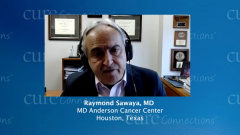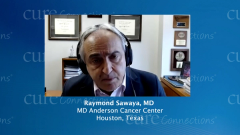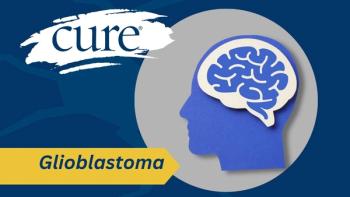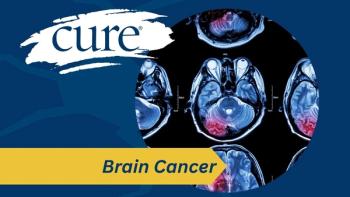
Goals of Treatment for Cancer Which Has Spread to the Brain
Episodes in this series

Priscilla Brastianos, MD: I think we’re going to talk now more about the treatment of brain metastases, and here we’re going to include Dr. Gondi, Dr. Sawaya and, of course, Dr. Ahluwalia in this discussion. What are the goals of treatment for brain metastases?
Vinai Gondi, MD: First, thank you to ABTA [American Brain Tumor Association] for asking me to be a part of this wonderful panel. If you don’t mind, I just want to speak to the wonderful patients and caregivers. Katie and Nick, you guys remind me of a patient I just saw not too long ago. What an amazing story you’ve had and I’m so happy for you guys and everything you’ve accomplished to this point. Keep everything up and I wish you guys all the best. Ivy, you remind me of a couple of patients I’ve seen in the last few months, and I’m so happy for you in so many ways; that you’re leading such a long-term survivorship role and a good quality of life. Keep it up. All of you are inspirations to all of us. Ralph, thanks for everything you’ve done. A couple of years ago, Ralph and I talked about how there is an absence, a void for brain metastases patients, for patient education and support groups, and I’m so glad that ABTA has filled that void so well. I’m glad to be a part of this with Dr. Brastianos and Dr. Ahluwalia.
So, the question of Dr. Brastianos. The goals of care are multi-fold. One of the challenges with brain metastases is they tend to happen in the brain. To Ralph’s wording, semantics, the computer of the brain, but the brain is also an enclosed space, so there’s not a lot of wiggle room. Unfortunately, some of our patients do come in with symptoms similar to what Katie, unfortunately, experienced. One of the goals of treatment for brain metastases is symptom improvement, neurologic symptom improvement. Then the second goal that we think about is controlling the brain so that future lesions do not arise, and/or if there are existing lesions that are not causing symptoms, they don’t grow to the point of causing symptoms. That process of maintaining patients in a symptom-free or minimal symptom state preserves their quality of life and, in certain cases, prolongs their timeline as cancer survivors. I see those as primary goals of care.
One of the amazing things that we have now in 2020, moving into 2021, is more tools, more technology, more bullets in the gun to fire at this thing, so we can achieve those goals of treatment, and we’ll talk about some of them. But I think Katie’s story and Ivy’s story reflects on how far we’ve come in the last 5 to 10 years in terms of how many different opportunities we have to achieve those goals.
Raymond Sawaya, MD: When cancer travels to the brain, then it goes out of the field of the medical oncologist that is treating the patient with cancer in the first place. Our role, collectively, is to control or help control the metastasis when they go to the brain because that’s our expertise, whether we’re a neurosurgeon, neuro-oncologist or radiation oncologist specializing in controlling the brain metastasis. That’s our main and foremost goal, is to help the medical oncologist control the disease when it goes to the central nervous system.
Transcript Edited for Clarity


























